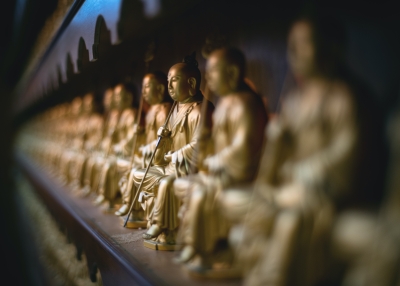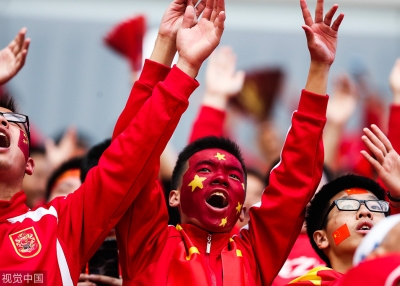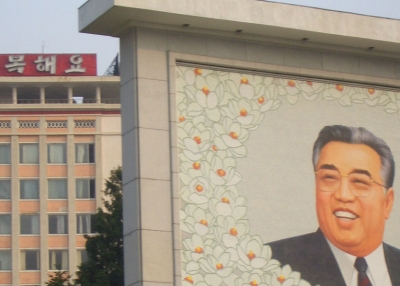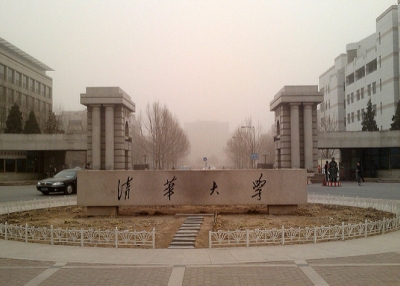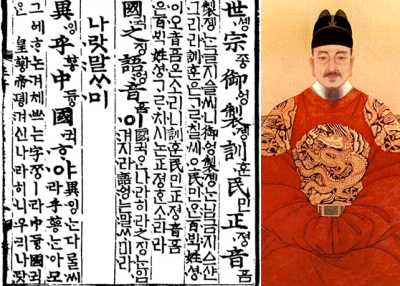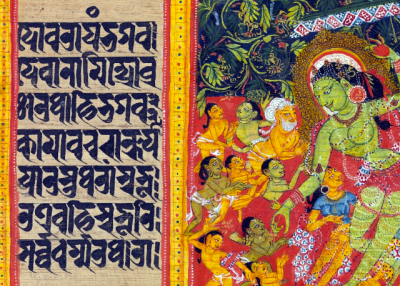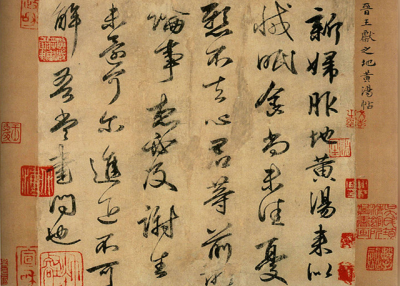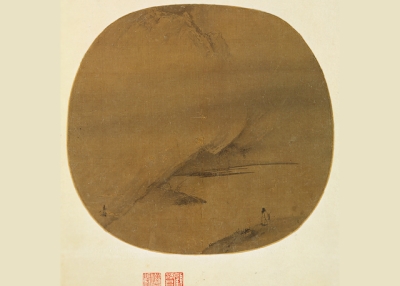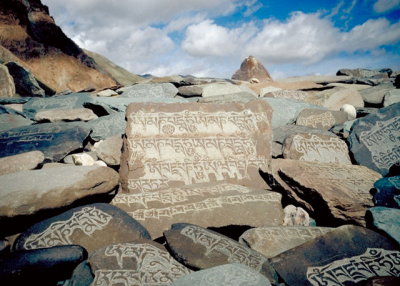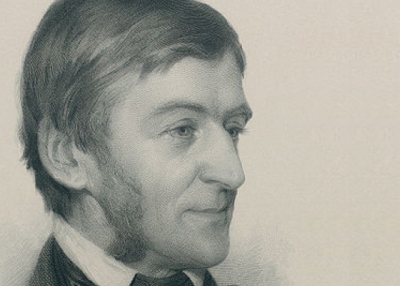Taegeuk
The South Korean Flag
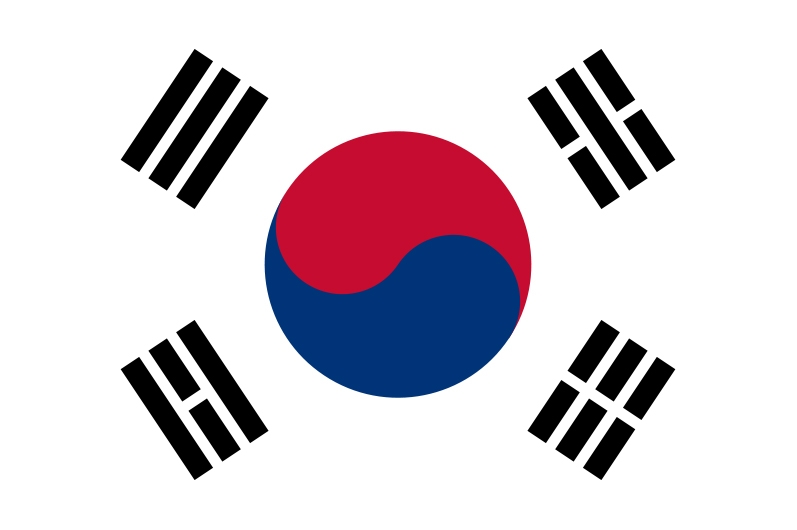
The Korean flag is called taegeukgi (pronounced teh-GUK-key). The colors of the flag are red, blue, and black on a white background. The flag stands for the three components of a nation: the land (the white background), the people (the red and blue circle), and the government (the four sets of black bars or trigrams). It was created in 1882 but the symbols are among the oldest found on any nation's flag.
The elements of the flag symbolize the dual forces of nature. The red and blue circle in the middle of the flag is called taegeuk in Korean (t'ai chi in Chinese), which, translated literally, means "supreme ultimate." The circle is divided into two parts, each of which resembles a comma. The upper, red part represents the forces of yang (yang in Chinese as well), and the lower, blue part represents the forces of um (yin in Chinese).
The yang and um together form the to (tao in Chinese), signifying the perpetually changing opposite yet complementary forces or principles embodied in all aspects of life: light and darkness, good and evil, active and passive, masculine and feminine. The thick round part of each comma represents the beginning of all things and the tail section represents the end so that where the yang begins, the um disappears and vice versa.
The four sets of trigrams further convey the idea of the dualism of the cosmos.* Heaven, the manifestation of the pure yang principle, is represented by the three unbroken lines; a set of three broken lines placed opposite it represents the earth, the manifestation of the pure um principle. The stages between the two extremes of yang and um are represented by the two lines with a broken line between them signifying fire, and the two broken lines with an unbroken line in the middle, water. Together, these four trigrams also symbolize the seasons and the cardinal directions.
*The trigrams represented on the Korean flag are only four of the eight trigrams found in the I-Ching, or The Book of Changes, one of the oldest Confucian classics on Chinese cosmology.
